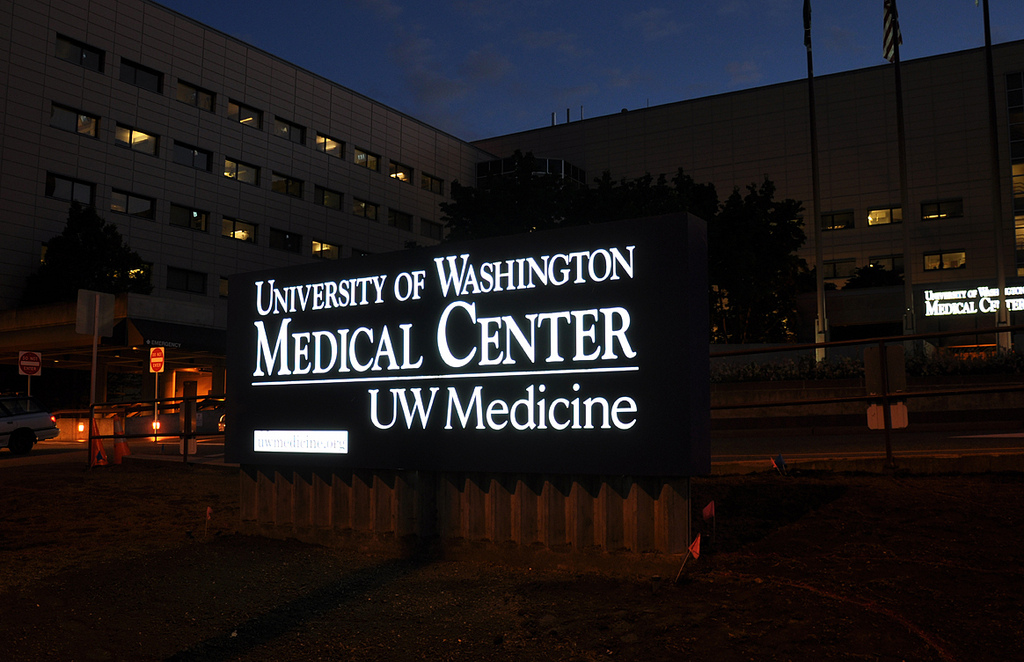
By Mishu Pham-Whipple
What do wheelchairs and sustainability have in common?
With money awarded by the Green Seed Fund, a team – comprised of Jennifer Pitonyak, Alan Knue, Anne Ordway, Jennifer Zumsteg and Tracy Mroz - at UW conducted a research project to investigate durable medical equipment reuse and recycling processes and practices within UW Medicine as a first step in developing local solutions for reducing the amount of non-recoverable waste that goes into landfills. Durable medical equipment, or DME, is medical equipment that supports and enables a person to perform activities of daily living that he/she is currently unable to do because of injury or chronic health conditions. This includes wheelchairs, crutches, walkers - any equipment that a patient takes home with them. In most cases the DME is obtained by the patient through his/her insurance coverage. By conducting interviews of clinicians, therapists, physiatrists, employees at UW Surplus, and others, the project team, in collaboration with a team of rehabilitation providers, was able to get insight into the barriers and potential opportunities for reuse of medical equipment.
They found that one practical reason why reuse of DME does not occur more widely within hospitals is the need for space to store the equipment. As a result, the medical equipment either goes to a landfill, a reuse organization, or is sold. Equipment that is donated to reuse organizations may eventually be redistributed to low and middle income countries, where the equipment may or may not be needed and runs the risk of ending up in landfills overseas, rather than to those in need.
The existence of non-profit reuse organizations indicates that there is an effort to provide people with affordable medical equipment and to keep the equipment out of landfills but Dr. Jennifer S. Pitonyak, an assistant professor in the Division of Occupational Therapy at UW and member of the project team, saw that there was still potential to improve sustainability in healthcare. While the policies preventing the reuse of equipment are in place with patient safety in mind, the unintended environmental and social justice implications of the medical equipment ending up in landfills, rather than those in need, has been generally overlooked. Once the barriers to reusing the DME were identified, the project team was then faced with how to interpret their findings.
"What can we actually change?" asked Dr. Pitonyak.
One solution the team recommends is to expand collaborations between UW Medicine and reuse organizations. One example of a reuse organization that the team pointed to was Bridge Ministries, a nonprofit organization that cleans and repairs medical equipment donations and then offers the medical equipment to those in need for a suggested donation. They not only keep medical equipment out of landfills but also make it available to those in the community who would otherwise not be able to obtain it. Organizations like Bridge Ministries welcome partnerships with healthcare providers so that they can continue to serve the community. There is great potential in improving existing reuse networks through engagement and education. Educating patients and those in the medical community on how and why to donate DME is the next big step.
This post is one in a series checking in with Green Seed Fund teams who recieved funding through the grant program last year to learn more about their research.
Photo courtesy of Flickr user I-5 Design under a Creative Commons license.